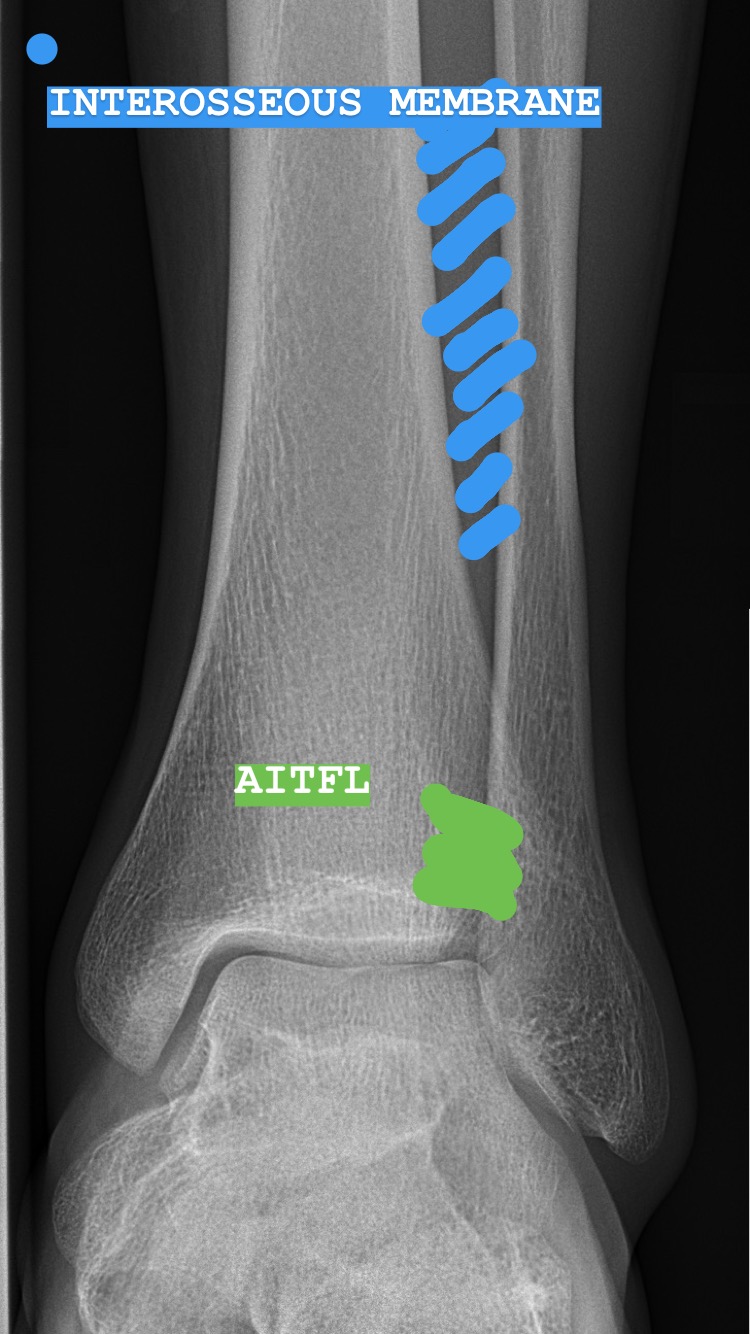With the temperature heating up and daylight savings in full swing most people are shedding the extra layers of clothing and some are hoping to also shed a few extra kilograms.
Gym and bootcamp numbers are increasing and it looks as though everyone is now coming out of hibernation. Unfortunately, as a consequence of this we see more people present to the clinic with common complaints related to their new exercise regimes.
What is patellofemoral pain?
One of the most common presentations we see is patellofemoral pain, that is pain arising from the kneecap and its articulation with the femur or thigh bone.
It often presents with the gradual onset of pain and will commonly be aggravated by squatting and lunging motions along with stair-climbing and running, it often settles with rest however, can often cause a dull ache when sitting for extended periods which is known as movie goer’s sign.
What causes it?
We often see people present with an increased load, they have often commenced or increased squatting, lunging and running which can cause aggravation of the patellofemoral joint.
There are a multitude of factors that play varying roles including behavioural, biomechanical/anatomical, technique, muscle imbalances, weakness or restriction.
Here we will cover a general but thorough approach to what is worth looking at in the treatment of patellofemoral pain.
Alignment and control
This is about looking upstream and downstream, the patellofemoral joint does not like a rotary component which can be caused by poor lumbopelvic control (what the core/hip is doing) upstream or poor foot biomechanics (what the foot is up to) downstream.
Technique
How do the movements look unweighted, weighted and when fatigued?
Load management
There is usually a load related component so it is always worth looking at how much you are doing currently vs what you were doing previously and furthermore how to plan the load to ensure it improves. Gradual loading is the best loading (3).
Strength
How strong are the glutes and quad muscles as these 2 groups of muscles are shown to be very important when it comes to patellofemoral pain (1-3). Additionally, how strong are the calves, groin, core and hamstrings? If everything is stronger than even better! There is a significant reduction in injury risk with increased strength (4-5).
Range of motion
Are there restrictions elsewhere in the biomechanical chain causing the knees to compensate?
Is there a previous ROM limitation at the ankle due to a previous injury causing the knee to compensate? Is there limitations/tightness in the hamstring or calf? Is there significantly limited thoracic extension causing you to fall forward placing excess strain on the knees during squatting or overhead movements? Is the foot rolling outwards to make up for restricted ankle ROM (1-3)?
How best to approach it?
Unfortunately, patellofemoral pain is often a very niggly condition and a large number of people experience ongoing issues even with some form of treatment (6). As patellofemoral pain is such a multi-faceted condition it requires a very thorough approach to specifically address all the potential contributing components. It will take time but it is important to be consistent, thorough and methodical in the approach to get best results.
General areas to address:
Alignment and control
Lumbopelvic control
Foot mechanics
Technique
Load management
Strength
Range of motion
References
Barton CJ, Lack S, Hemmings S, et al. The ‘Best Practice Guide to Conservative Management of Patellofemoral Pain’: incorporating level 1 evidence with expert clinical reasoning. Br J Sports Med 2015;49:923-934.
Crossley KM, Callaghan MJ, Linschoten RV. Patellofemoral pain. Br J Sports Med 2016;50:247-250.
https://www.mickhughes.physio/single-post/2016/06/21/Patellofemoral-Joint-Pain
Lauersen JB, Bertelsen DM, Andersen LB. The effectiveness of exercise interventions to prevent sports injuries: a systematic review and meta-analysis of randomised controlled trials. British journal of sports medicine. 2014 Jun;48(11):871-7. PubMed PMID: 24100287. Epub 2013/10/09. Eng.
Thomas MJ, Wood L, Selfe J, Peat G. Anterior knee pain in younger adults as a precursor to subsequent patellofemoral osteoarthritis: a systematic review. BMC musculoskeletal disorders. 2010;11:201. PubMed PMID: 20828401. Pubmed Central PMCID: PMC2944218. Epub 2010/09/11. Eng.






